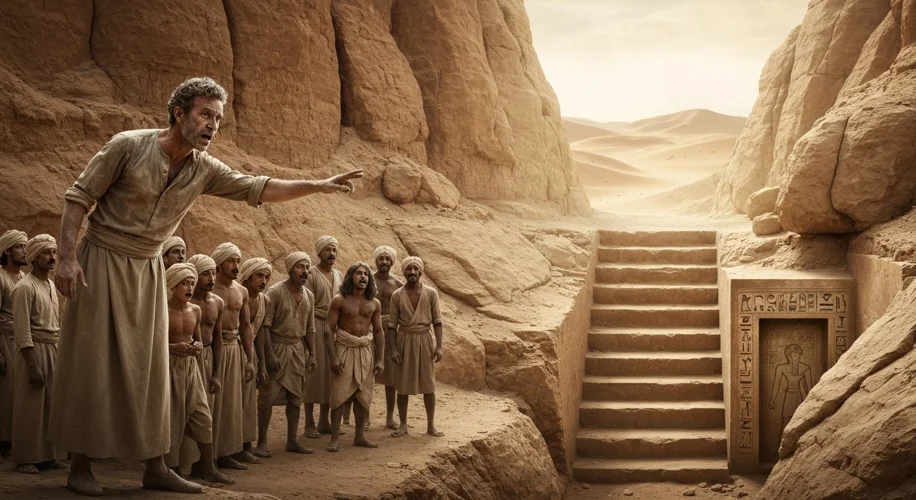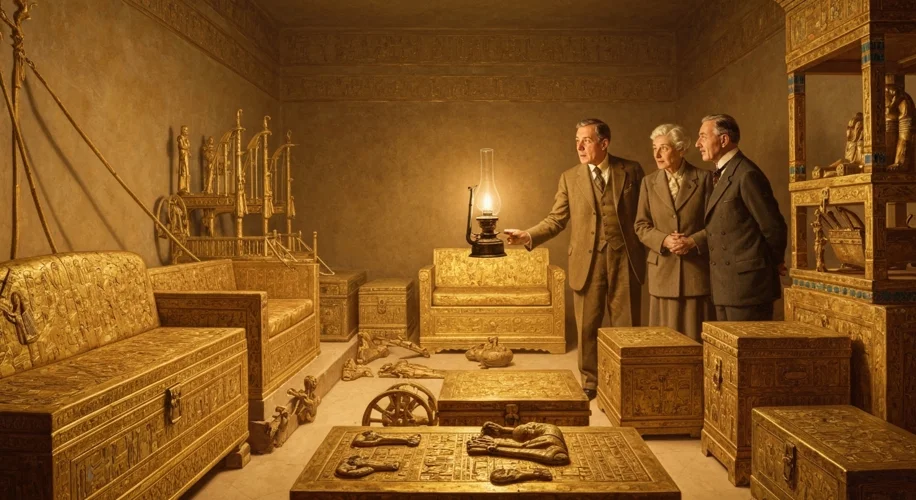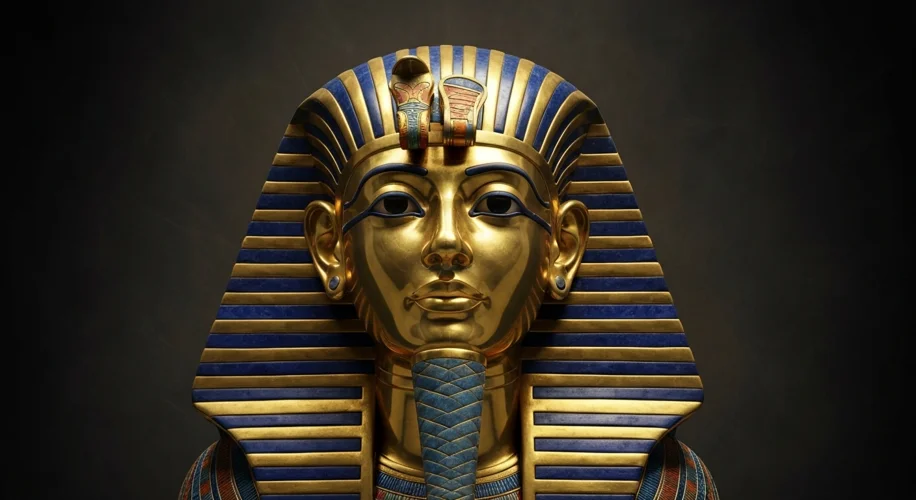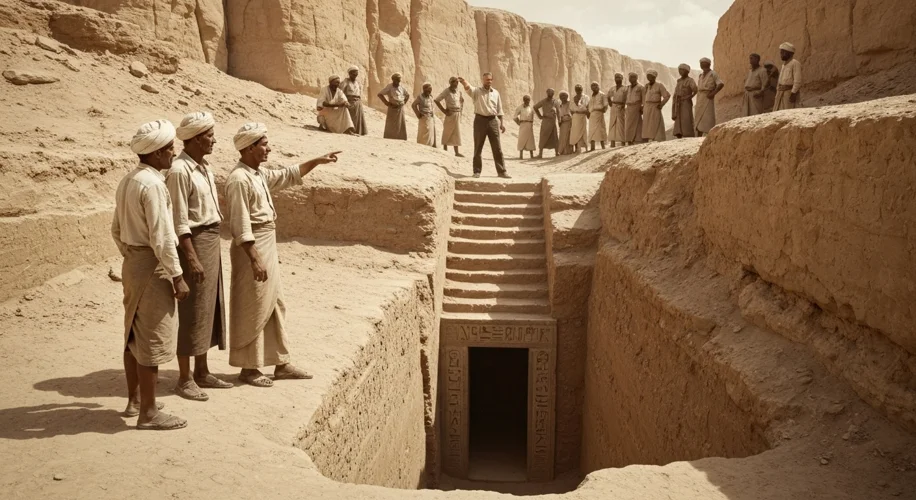The year is 1922. The desert sun beat down mercilessly on the Valley of the Kings, a place synonymous with pharaohs, pyramids, and perhaps, lost glory. For years, British archaeologist Howard Carter had meticulously combed this sacred ground, driven by an almost obsessive quest. He was searching for the tomb of a king whose name, Tutankhamun, was but a whisper in the grand annals of ancient Egypt, a boy king whose reign was short and seemingly unremarkable.
Carter’s patron, Lord Carnarvon, a wealthy aristocrat with a passion for Egyptology, had funded his expeditions for over a decade. Yet, by 1922, the grants were dwindling, and the patience of many was wearing thin. The Valley of the Kings had yielded its secrets to previous explorers, revealing the tombs of mighty pharaohs, but Carter felt there was one more, a jewel yet to be unearthed. He believed the tomb of Tutankhamun was still hidden somewhere within the vast expanse of sand and rock.
On November 4, 1922, a turning point arrived. Carter’s team, working near the tomb of Ramesses VI, stumbled upon a step cut into the bedrock. Then another. And another. A thrill of anticipation, mixed with the gnawing fear of disappointment, coursed through Carter. Could this be it? As they cleared away the rubble, a staircase leading downwards emerged, blocked by a sealed doorway bearing the faint, but distinct, royal necropolis seal. It was an archaeological revelation: a tomb that had lain undisturbed for over three millennia.

Carter, with a journalist’s instinct for drama, telegraphed Lord Carnarvon in England: “Have made wonderful discovery in Valley; a magnificent tomb with seals intact; reopened same for your arrival; congratulations.” Carnarvon, along with his daughter Lady Evelyn Herbert, immediately set sail, their journey filled with the palpable excitement of what lay ahead.
Finally, on November 26, 1922, Carter, Carnarvon, and Lady Evelyn stood before a second sealed doorway. Carter, heart pounding, made a small hole in the upper left-hand corner and inserted a candle. He peered inside, the flickering flame illuminating the darkness. Carnarvon, unable to contain his curiosity, asked, “Can you see anything?” Carter’s reply, delivered with a voice trembling with emotion, has echoed through history: “Yes, wonderful things.”
What they saw was breathtaking. The antechamber was filled with gilded couches, chariots dismantled and laid out, alabaster vases, and chests overflowing with treasures. It was a vision of opulence that defied imagination, a testament to the wealth and artistry of ancient Egypt. The air itself seemed thick with the weight of centuries, a silent, glittering testament to a world long past.
Over the next decade, Carter and his team painstakingly cataloged the thousands of artifacts found within the tomb. There were statues of Tutankhamun, intricate jewelry, ceremonial daggers, and the iconic gold funerary mask, a masterpiece of craftsmanship that would become the symbol of ancient Egypt itself. The tomb also contained the king’s mummy, nested within a series of gilded shrines, and his sarcophagus, all remarkably intact.

The discovery of Tutankhamun’s tomb was a global sensation. Newspapers were filled with the sensational details, and the public was captivated by the story of the boy king and his glittering treasure. The find provided an unprecedented glimpse into the burial customs, religious beliefs, and daily life of the ancient Egyptian royalty. It sparked a renewed interest in Egyptology and fueled a fascination with ancient civilizations that continues to this day.
However, the discovery was not without its controversies and challenges. The sheer volume of artifacts required immense effort to conserve and study. There were also accusations of tomb robbing and disputes over ownership of the treasures. Lord Carnarvon tragically died less than a year after the tomb’s opening, fueling myths of a “Pharaoh’s curse,” though in reality, his death was likely due to blood poisoning from an infected mosquito bite.

Ultimately, the discovery of Tutankhamun’s tomb was more than just finding treasure; it was like opening a window into a lost world. It offered a tangible connection to the past, allowing us to understand not just the grandeur of ancient Egypt, but the humanity of its people. Howard Carter’s relentless pursuit, against all odds, gifted us an unparalleled legacy, forever etching the name Tutankhamun into the collective memory of humankind.

